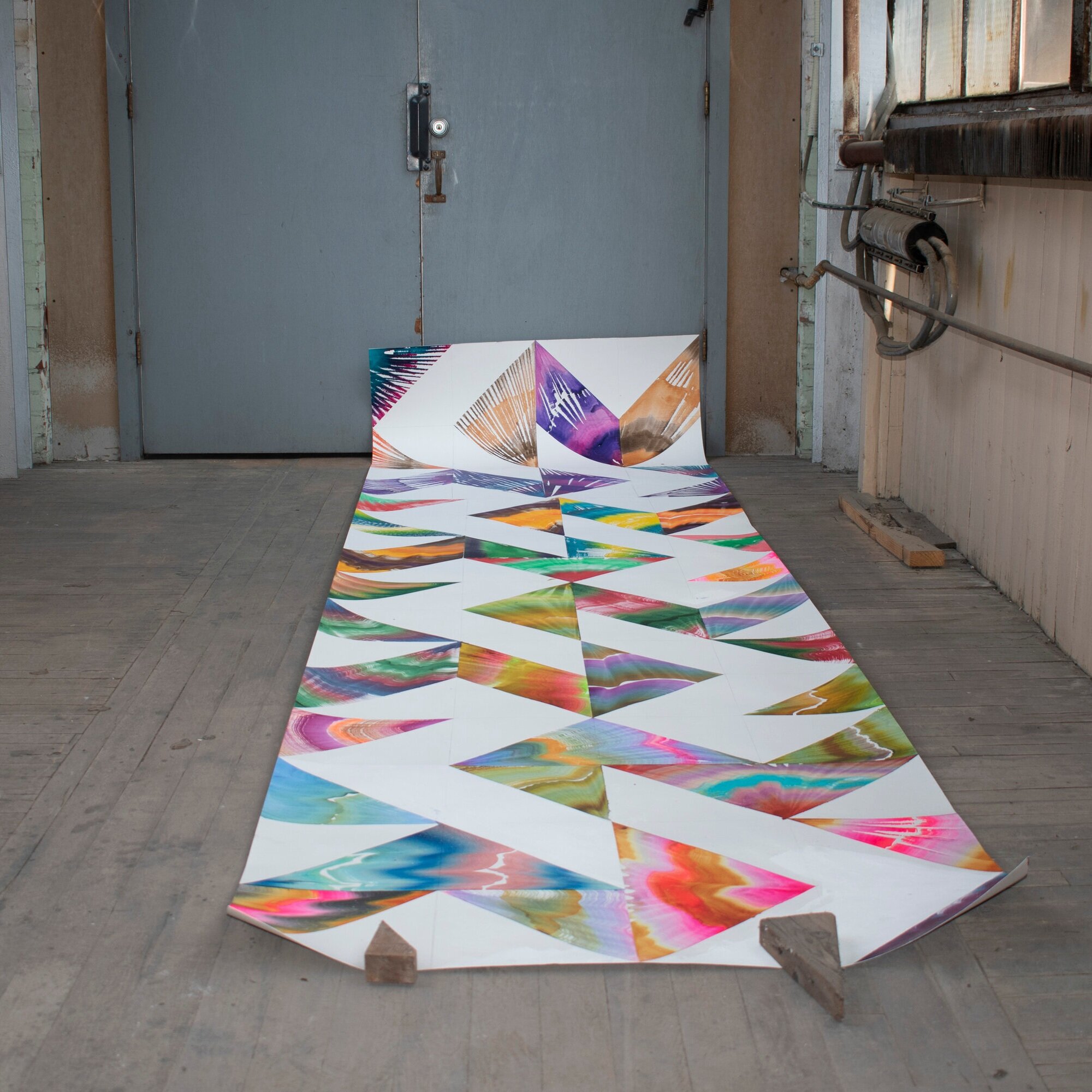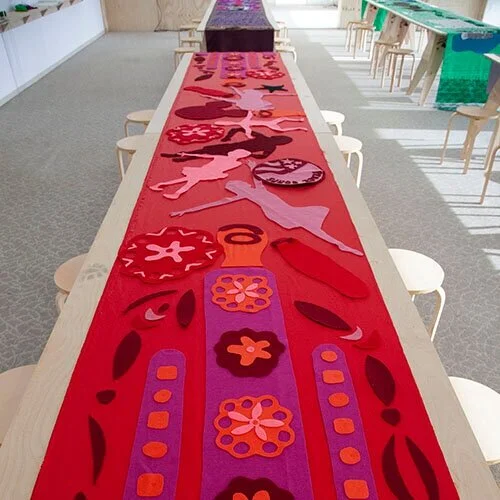Quarantine Reading List | Jacquelyn Gleisner
Quarantine Reading List | Jacquelyn Gleisner
As this country began to shut down, I gave birth to my first child. The President declared a national state of emergency three days before his early arrival. As I recovered, a triage tent viewable from my window was erected near an entrance to the hospital while new, more stringent regulations were enforced inside. Visitors were not allowed on the maternity floor, though — mercifully — my husband (my designated “birth partner”) was permitted. Early one morning, a doctor verified that people were suffering from the virus several floors below us. All the while, I thought of my baby, entering the world amidst this chaos and suffering.
Becoming a parent instills a radical new worldview. For my partner, myself, and everyone else having a child (or children) at this moment, we can’t appreciate the profundity of this shift independent of the pandemic — the horrifying and mystifying disease that has irrevocably changed life for everyone, everywhere. In the same way that the pace of many lives has halted, caring for a newborn slows time. Many hours pass with a baby resting on my lap, a state that has proven to be conducive to reading. In the early morning, I read and re-read the news, later turning to fiction or poetry for an escape. For me, poetry has been a balm for the uncertainty and ineffable nature of these days. So on the last day of National Poetry Month, my selections for the Quarantine Reading List series are the three poems below.*
Jacquelyn Gleisner, Shrill (2019). Laser cut paper and mat board, approximately 18 inches square.
After great pain, a formal feeling comes – (372)
Emily Dickinson
As an eccentric and recluse, Emily Dickinson provides a model for viewing the world from afar. Dickinson grew increasingly distanced from others throughout her life. During her later years, she was rumored to have remained in her bedroom for much of her time and when she did appear in public, she was usually wearing white. Yet she maintained an active social presence through her extensive correspondence. Letter-writing was the foundation for many of her relationships. At this time, when the world has paused, the final stanza of Dickinson’s poem “After great pain, a formal feeling comes” resonates with me. Those who emerge from the pandemic will need to let go of old routines as we do at the end of every winter.
This is the Hour of Lead –
Remembered, if outlived,
As Freezing persons, recollect the Snow –
First – Chill – then Stupor – then the letting go –
Read the whole poem here.
And Then It Was Less Bleak Because We Said So
Wendy Xu
The poetry editor for Hyperallergic, Wendy Xu uses a vivid, visual language to set up abstract metaphors — a combination that reminds me of Emily Dickinson. And like Dickinson, Xu often seems to be looking at the world, but the protagonist of her poems — and many times, the reader is implicated here — has a dreamy sense of removal. This poem highlights the schism between the frenetic intimacy of living and the indefatigability of time. This divide feels apt as I try to cultivate momentary hope against a persistently dreary backdrop.
Today there has been so much talk of things exploding
into other things, so much that we all become curious, that we
all run outside into the hot streets
and hug. Romance is a grotto of eager stones
anticipating light, or a girl whose teeth
you can always see.
Read the rest of this poem here.
Jacquelyn Gleisner, Scroll XII (2019). Acrylic paint on paper, approximately 42 by 198 inches.
Perhaps the World Ends Here
Joy Harjo
In Joy Harjo’s “Perhaps the World Ends Here,” the kitchen table becomes the locus of great change. It is also the site of mundane activities — gossiping and drinking coffee, for instance. In this way, this poem — and many others by Harjo — has a feminist inflection and the fixed platform of the table is the unlikely source of the poem’s momentum. In a similar exercise, the first Native American Poet Laureate recently selected a poem that she turns to for solace during these times for The Poetry Society of America. N. Scott Momaday’s “The Delight Song of Tsoai-talee,” Harjo’s choice, has the same emphasis on the natural world with a slight, but noticeable, hopeful tilt.
The world begins at a kitchen table. No matter what, we must eat to live.
The gifts of earth are brought and prepared, set on the table. So it has been since creation, and it will go on.
We chase chickens or dogs away from it. Babies teethe at the corners. They scrape their knees under it.
It is here that children are given instructions on what it means to be human. We make men at it, we make women.
Listen to Harjo read this poem in its entirety here.
* In accordance with copyright regulations, only excerpts of these poems are posted here.
Jacquelyn Gleisner
Jacquelyn Gleisner is an artist and the founder of this blog.
These recommendations are part of the Quarantine Reading List series. See the call for participation here.





